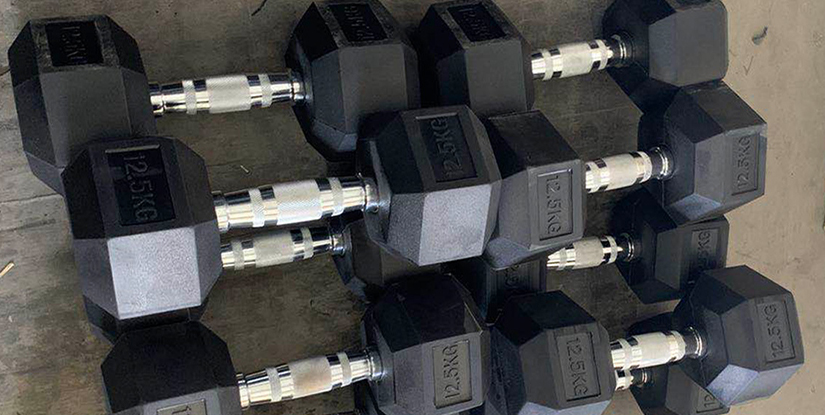Is Planes Trains Automobiles Sequel to Cool Runnings

Overview and Strategic Framing: Concept, Audience, and Value Proposition
The proposed sequel concept—Is Planes Trains Automobiles Sequel to Cool Runnings—exists at the intersection of two classic road-movie sensibilities and a sports-under-dog narrative. To execute a credible training plan, the project leadership must articulate a clear value proposition for both the creative team and the commercial ecosystem: strong character-driven humor, logistical acuity, and a family-friendly yet contemporary sensibility that can travel across regional markets. The training plan begins with a strategic framing session that defines narrative ambitions, audience personas, and delivery milestones. The aim is to turn abstract storytelling goals into concrete, measurable capabilities: how teams coordinate cross-genre humor with logistics-heavy scenes, how stunts and vehicle sequences align with story beats, and how risk controls are embedded into pre-production rituals. The first milestone is a narrative blueprint that maps three core arcs: the road trip as a character in motion, the ensemble cast as a working machine, and a final act that reconciles comedy with resilience under pressure. This blueprint then guides training modules, production schedules, and on-set practices.
From a practical standpoint, this section establishes the operational cadence and governance required for a responsible, on-time production. It translates creative objectives into training outcomes: safety compliance, schedule discipline, budget discipline, and quality assurance. The plan emphasizes cross-functional collaboration among development, line producing, stunt coordination, location management, and postproduction. Real-world applications include designing a master risk register, implementing a two-tier approval system for script changes impacting logistics, and building a knowledge bank of preferred vendors who can scale quickly to meet demand across locations. The framework also addresses audience expectations: a sequel that respects the original franchises while offering fresh stakes. Training participants learn to balance reverence for legacy with the practicalities of modern production workflows, from remote coordination tools to on-set incident reporting—turning potential friction into proactive problem-solving opportunities.
To operationalize value, the plan integrates data-driven decision-making. Teams articulate success in quantifiable terms: on-time milestones, safety incident rates, budget adherence, and audience engagement proxies during test screenings. The framework supports a continuous improvement loop: after each phase, data-driven reviews feed back into the training cadences, enabling rapid adaptation to evolving market conditions or creative direction. In practice, this means weekly standups with a structured debrief, monthly risk reviews, and quarterly refreshers on safety and quality standards. The result is not only a well-run production but a scalable blueprint for subsequent projects that blend road-movie DNA with ensemble comedy and sports-adventure energy.
Key practical elements include a) a phased rollout of training modules aligned with pre-production, principal photography, and postproduction; b) standardized templates for risk, permit, and location assessments; and c) a robust knowledge-transfer plan that captures lessons learned from each sequence. Case studies drawn from comparable productions—where logistics-heavy sequences required meticulous planning and rapid contingency deployment—are incorporated to illustrate how teams can maintain momentum while preserving creative integrity. Finally, the training plan defines success criteria and accountability measures so stakeholders can gauge progress against the original objectives and adjust course as needed.
Franchise Vision and Narrative Architecture
The narrative architecture for this imagined sequel integrates three core strands: character resilience, comedic devices rooted in travel logistics, and a cricket-to-peak-execution energy that unites diverse crews. In training terms, this section translates concept into competencies: script-to-shoot mapping, tone calibration across sequences, and maintaining audience equity for both humor and heart. Participants explore case studies of hybrid comedies where road-travel scenes carry emotional arcs, and logistics-driven sequences become storytelling engines. The module emphasizes a collaborative writing-to-boarding process where writers, stunt coordinators, and production designers co-create sequence-level blueprints that pre-empt on-set ambiguities. Practical exercises include mapping a 12-scene sequence from page to location to shot list, and calibrating dialogue timing with vehicle movements to preserve comedic rhythm without compromising safety or pace.
In addition, the module covers audacious but feasible stunt concepts that align with the Road Trip-Adventure motif. Trainees learn to assess feasibility, negotiate with insurers, and design buffer periods to accommodate weather-related delays. Real-world application includes developing a stunt safety brief, a stunt floor plan, and an on-set communication protocol that ensures all departments stay in harmony during complex sequences. The narrative architecture also defines branding guidelines—how the film’s visual language, color palette, and music cues reinforce the premise while remaining adaptable to different international markets. By the end of this subsection, participants should articulate a defensible narrative framework that supports production planning and creative decision-making with equal rigor.
Market positioning and audience analysis form the second prong of this subsection. Data-informed insights, such as audience appetite for nostalgia paired with modern comedy and travel-based adventures, guide the training on market fit. Trainees learn to translate these insights into production deliverables: targeted marketing messages, festival strategies, and release plans calibrated for family audiences and adult companions. The practical outputs include a market-fit matrix, regional customization guidelines, and a go/no-go decision framework that pairs budget thresholds with audience reach expectations. The result is a cohesive, defendable plan that keeps creative ambition aligned with commercial viability, allowing teams to navigate the tension between homage and innovation with confidence.

